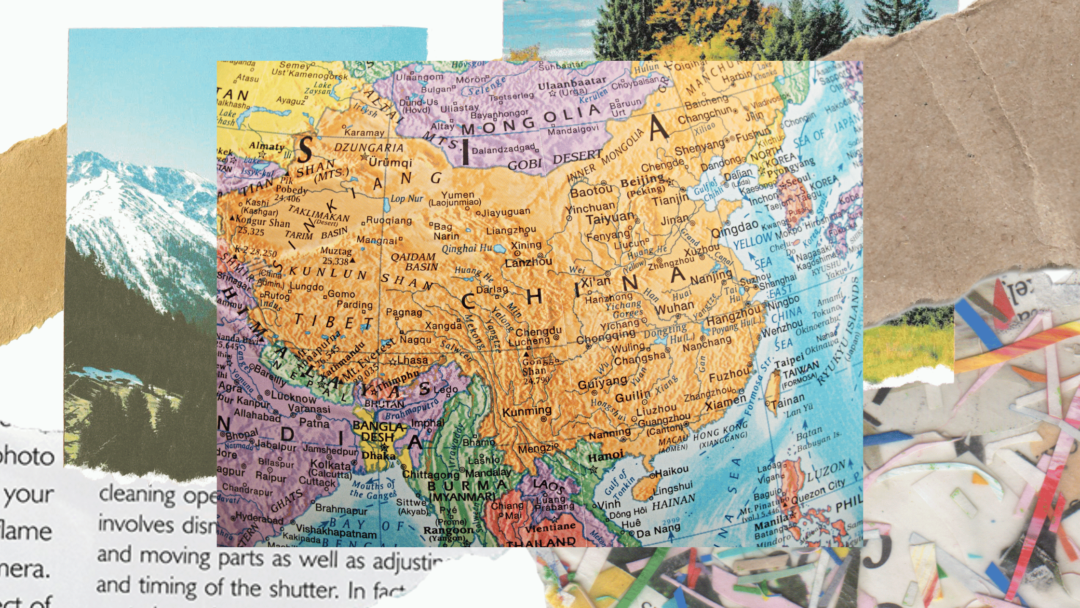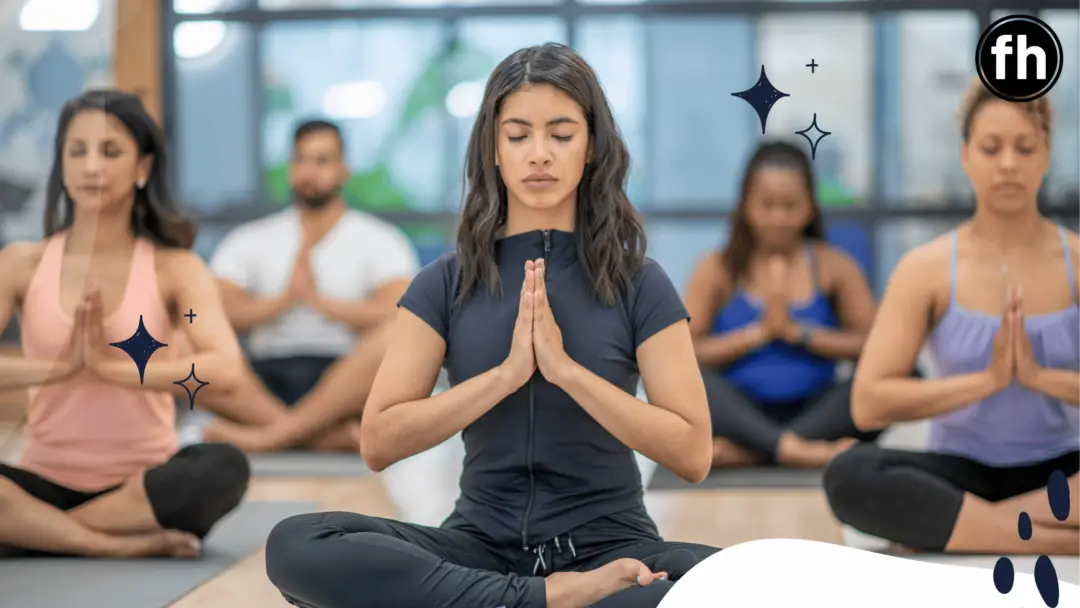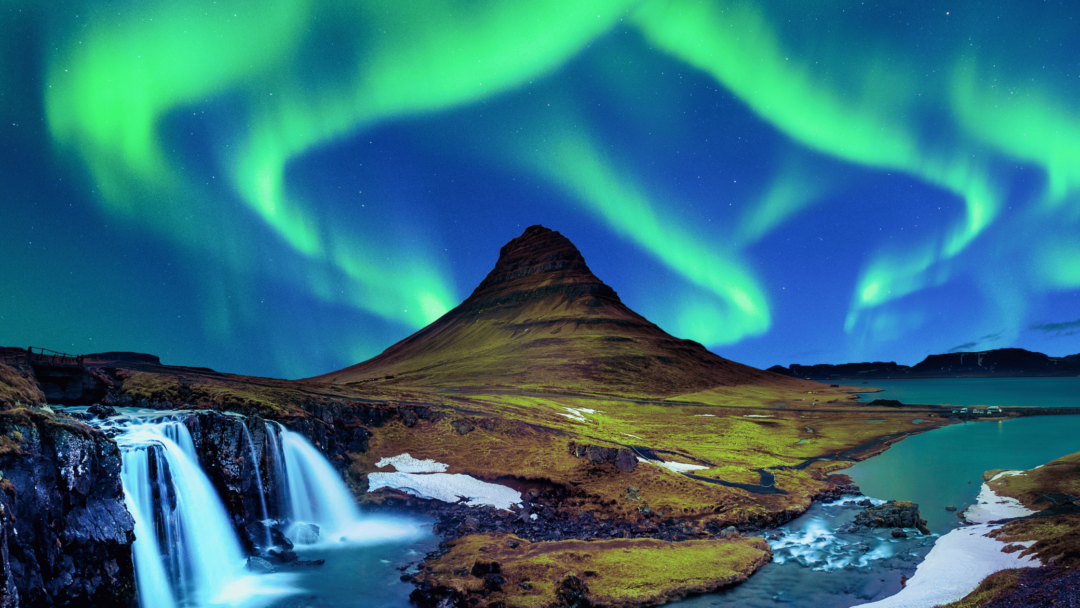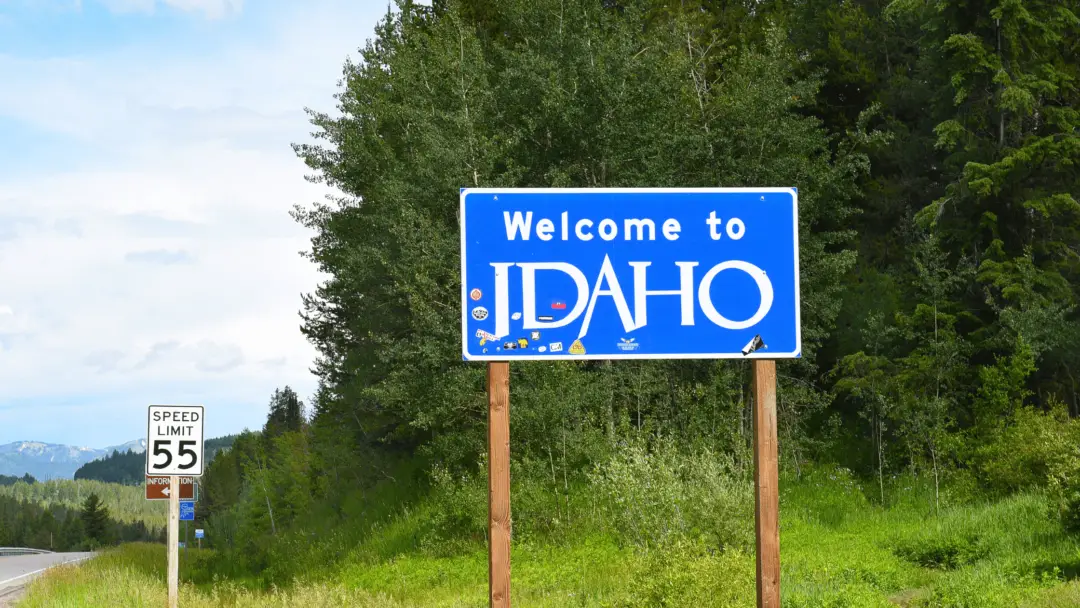Norway offers a wealth of hobbies that beautifully intertwine with its rich culture and history.
Reading is a cherished pastime, reflecting Norway’s strong literary tradition.
Whether diving into the works of famous Norwegian authors or international bestsellers, books provide an escape into different worlds.

Outdoor activities play a crucial role in Norwegian life.
Hiking, or “fotturer,” is extremely popular due to the country’s stunning natural landscapes.
This activity allows you to connect with nature and enjoy the breathtaking scenery.
Embracing these customs can offer you deeper insights into Norwegian culture.
Creative pursuits such as knitting, painting, and other crafts are also common.
These hobbies not only provide an avenue for self-expression but also serve as excellent conversation starters when engaging with Norwegians.
Exploring these activities can help you better understand and appreciate the Norwegian way of life.
The Cultural Tapestry of Norway

Norway’s cultural heritage is deeply rooted in its history, from the Viking Age to modern times. Traditional activities are influenced both by historical events and contemporary lifestyles.
Historical Significance of Norwegian Hobbies
Norway’s past has shaped its present-day hobbies. The Viking Age, marked by seafaring and exploration, greatly influences today’s interest in sailing and boat building.
Traditional Norwegian crafts like knitting, weaving, and rosemaling (decorative painting) have roots in centuries past.
These crafts provided necessary goods and artistic expression.
Folk music and dance are preserved through festivals, showcasing influences from various eras of Norwegian history.
Celebratory events like Midsummer (Jonsok) and Christmas bring communities together, reflecting traditions passed down through generations.
Modern Influence on Traditional Activities
Today, traditional Norwegian activities blend seamlessly with modern interests.
Hiking and skiing, essential historical skills for survival, are now popular leisure activities supported by Norway’s stunning natural landscapes.
Contemporary events like the Bergen International Festival spotlight both historical and current cultural expressions.
Such festivals keep traditions alive while embracing global influences.
Modern Norwegian hobbies also include digital activities like gaming, offering a mix of past and present.
Yet, cultural heritage remains visible, especially in the strong emphasis on nature and simplicity.
Outdoor Adventures and Sports

Norway’s stunning fjords and mountains offer unparalleled opportunities for hiking, fishing, and skiing.
These activities not only let you experience the country’s breathtaking landscapes but also provide a unique way to immerse yourself in Norwegian culture and outdoor living.
Hiking Through Norway’s Mountains and Fjords
Hiking in Norway is a favorite activity among both locals and visitors. The country is blessed with countless trails that wind through its majestic fjords and rugged mountains.
One popular destination is the Jotunheimen National Park, home to Norway’s highest peaks.
Another attraction is the Preikestolen (Pulpit Rock), a steep and massive cliff that towers over the Lysefjord.
For a less challenging hike, the trails around Lake Gjende offer equally stunning views without the strenuous climb.
Fishing in the Tranquil Waters
Fishing is deeply embedded in Norwegian culture, offering both serenity and excitement.
Norway’s extensive coastline and numerous lakes make it a haven for anglers.
In regions like Lofoten and Vesterålen, you can enjoy sea fishing amidst dramatic natural beauty.
Freshwater fishing in lakes and rivers is equally rewarding.
The Glomma River, Norway’s longest, is known for its abundance of fish such as trout and grayling.
Remember, fishing licenses are required and can usually be obtained locally.
Skiing: From Alpine to Cross-Country
Skiing in Norway offers numerous experiences, from alpine skiing to cross-country adventures.
Resorts like Hemsedal and Trysil are renowned for their well-maintained slopes, catering to all skill levels.
Norway is also a top destination for those interested in backcountry skiing, with untouched snow fields waiting to be explored.
Cross-country skiing is another popular activity, with thousands of kilometers of groomed trails across the country.
The Birkebeiner trail, rich in history, is particularly famous and draws skiers from around the world each year.
Norway’s Affinity for the Arts

Norway has a rich history of artistic expression encompassing everything from traditional crafts to modern media. This cultural depth can be observed through various forms of art and activities that are central to Norwegian society.
Art and Media in Norwegian Society
Art in Norway reflects its landscapes, historical events, and cultural identity.
You’ll find paintings, sculptures, and installations in numerous museums across the country.
Oslo, the capital city, is home to renowned institutions like the National Gallery and the Munch Museum.
Media plays an influential role too. Documentaries and films often highlight the natural beauty and cultural practices of Norway.
Annual art exhibitions and media events, such as the Bergen International Film Festival, showcase both Norwegian and international talents.
Traditional Crafts: Rosemaling and Woodcarving
Traditional crafts hold a special place in Norwegian culture.
Rosemaling, a decorative folk art, involves painting intricate floral designs on wooden objects.
This craft is a celebrated form of expression, embodying regional styles and personal creativity.
Woodcarving is another cherished tradition. Artists transform blocks of wood into intricate sculptures and decorative pieces.
This skill has been passed down through generations and continues to be a popular hobby.
Whether you’re visiting local craft fairs or national museums, you’ll likely encounter exquisite examples of these arts.
Check out our Huge List of Craft Hobbies, for great creative, artistic and DIY art hobby ideas…
Festivals and Music

Norway boasts a vibrant festival scene and a rich musical heritage, providing numerous cultural experiences. This section delves into the various festivals and the unique soundscape you can explore in Norway.
Experiencing Norway Through Festivals
Norway hosts a diverse range of festivals that celebrate music, arts, and local traditions.
One of the most notable events is the Øya Music Festival held annually at Tøyen Park in Oslo. This festival has featured artists like Sonic Youth, Arctic Monkeys, and the Gorillaz.
Another key event is the Bergen International Festival. This is one of the most prominent cultural events in Scandinavia, featuring performances from world-class musicians, dancers, and theater groups.
Additionally, you might enjoy the Midnight Sun Marathon in Tromsø, which combines athleticism with the unique experience of running under the midnight sun.
Rorosmartnan is a five-day event in the historical mining town of Røros, filled with traditional crafts, food, and music.
These festivals provide an incredible opportunity to immerse yourself in Norwegian culture, history, and community spirit.
The Soundscape of Norwegian Music
The Norwegian music scene is characterized by a mix of traditional folk and contemporary genres.
Traditional Norwegian music often includes the use of instruments like the Hardanger fiddle, known for its intricate design and resonant sound.
Folk music events and festivals frequently feature these instruments, giving you a taste of Norway’s musical roots.
Contemporary music in Norway is also thriving.
The country has produced internationally acclaimed artists like A-ha, Kygo, and Sigrid.
Music festivals such as the Øya Music Festival provide platforms for both established and emerging artists.
Additionally, cultural grants from bodies like Arts and Culture Norway support new musical projects and festivals.
This funding enables the continuous growth and diversification of Norway’s musical landscape, making it an exciting destination for music enthusiasts.
Exploring the Urban Cultural Scene

Norway’s urban centers are rich in culture and history. Cities like Oslo and Bergen offer vibrant cultural experiences that are distinct yet complementary. Whether you’re interested in literature, historical sites, or local traditions, these cities have something to offer every visitor.
Oslo: A Hub for Creative and Cultural Exploration
Oslo, Norway’s capital, is the cultural heart of the country.
The city is home to numerous museums, including the renowned National Museum, where you can explore Norwegian art and artifacts.
Make sure to visit the Henrik Ibsen Museum, dedicated to the famous playwright, providing a deep dive into his life and works.
Guided tours in Oslo often include visits to the Norwegian Opera and Ballet and the Munch Museum, where Edvard Munch’s iconic works are displayed.
Oslo’s burgeoning literature scene is also noteworthy, with many bookstores and literary cafes paying homage to its rich literary heritage.
Additionally, Oslo’s architecture is a blend of modern design and historical edifices.
The waterfront area, Aker Brygge, features contemporary buildings alongside traditional structures, offering a visually appealing contrast.
Bergen and Bryggen: Breeding Ground for Norwegian Traditions
Bergen, Norway’s second-largest city, is renowned for its well-preserved historical sites, particularly in the Bryggen district.
Bryggen, a UNESCO World Heritage site, consists of wooden structures dating back to the Hanseatic League, offering a glimpse into Norway’s past.
Cultural experiences in Bergen often include guided tours through these historic buildings, allowing you to see how Norwegians lived and worked centuries ago.
In addition to its historical significance, Bergen hosts numerous cultural festivals throughout the year, celebrating everything from film to music and literature.
The city is also a hub for traditional crafts.
Workshops and shops offer opportunities to purchase and learn about items like rosemaling (decorative painting) and bunad-making (traditional clothing).
Bergen combines its rich history with a vibrant cultural scene, making it a fascinating destination for anyone looking to understand Norwegian traditions more deeply.
Literature and History

Norwegian culture is deeply rooted in both its rich literary tradition and its expansive Viking history. Both areas offer unique insights into the nation’s identity and provide ample opportunities for exploration and appreciation.
Norwegian Literature: Knut Hamsun and Beyond
Norwegian literature is marked by the contributions of several prominent writers, the most notable being Knut Hamsun and Henrik Ibsen.
Knut Hamsun, often hailed as the father of modern literature, brought a psychological depth to his novels that was revolutionary for his time. His works like Hunger and Growth of the Soil are considered classics.
Henrik Ibsen, another giant of Norwegian literature, has been influential worldwide. His plays, such as A Doll’s House and Hedda Gabler, are essential reading for anyone interested in drama and societal issues.
Norwegian literary culture also includes a strong tradition of poetry and modern novels that continue to gain international acclaim.
For more detailed information on Norwegian literature, check out this guide on Norwegian Literature.
The Rich Viking Historical Sites in Norway
Norway’s history spans thousands of years, with the Viking Age (c. 793-1066) being particularly notable.
The country is home to several well-preserved Viking sites that provide a glimpse into this fascinating period. Viking ships, such as those found at the Viking Ship Museum in Oslo, showcase the advanced seafaring capabilities of these ancient warriors.
Other historical treasures include beautifully intricate Stave Churches from the Middle Ages, which are architectural marvels. Sites like the Oseberg Ship burial mound and the Lofotr Viking Museum offer immersive experiences that take you back to a time when Vikings ruled the seas.
For a journey through Norwegian history, see this article on Viking Historical Sites.
Visiting Norway’s Natural Wonders

Norway offers you the chance to experience dramatic landscapes and unique natural phenomena.
From the stunning Lofoten Islands to the mesmerizing Northern Lights in Tromsø, each destination provides a unique glimpse into Norway’s natural beauty.
The Lofoten Islands: A Photographer’s Paradise
Located above the Arctic Circle, the Lofoten Islands are a must-visit.
The islands are renowned for their dramatic scenery, with towering mountains, deep fjords, and serene beaches. The traditional fishing villages with colorful wooden houses add to the picturesque setting.
You can engage in activities like hiking, fishing, and kayaking. Reine, often cited as one of the most beautiful villages in Norway, offers breathtaking views that are perfect for photography.
The unique midnight sun during summer provides endless daylight, enhancing the photographic opportunities. For those interested in birdwatching, the islands are home to large colonies of seabirds, including puffins and sea eagles.
Awe-Inspiring Northern Lights in Tromsø and Beyond
Tromsø, located in Northern Norway, is one of the best places to witness the Northern Lights.
From late September to early April, the Arctic sky lights up with this natural wonder, providing an unforgettable experience.
Tromsø is also known for its vibrant cultural scene, which includes events like the Northern Lights Festival. You can explore the surrounding areas like the Lyngen Alps and the fjords for additional viewpoints.
Besides Tromsø, other great spots to view the Northern Lights include Alta, Kirkenes, and the Lofoten Islands. Planning your visit around the new moon increases your chances of seeing the lights in their full glory.
Frequently Asked Questions

Norwegian culture is rich with traditional celebrations, unique customs, and distinct culinary delights. This section will address some common questions about these aspects and how they shape the Norwegian way of life.
What are traditional Norwegian celebrations and festivals?
Norwegian celebrations often align with the changing seasons and historical events.
Celebrations like Constitution Day on May 17th are marked with parades and national pride. Midsummer, known as Sankthans, involves bonfires and outdoor festivities, reflecting Norway’s deep connection to nature.
What aspects define Norwegian culture and traditions?
Nature plays a significant role in Norwegian culture, impacting leisure activities and lifestyle choices.
There’s a strong emphasis on outdoor activities, community spirit, and preserving historical traditions. The concept of “friluftsliv,” or open-air living, captures the Norwegian love for the outdoors.
How do local customs and etiquette shape social life in Norway?
Norwegians value personal space, modesty, and punctuality.
Greetings are typically reserved and polite, often involving a firm handshake. Social interactions emphasize equality and informality, though there’s a clear respect for privacy and individual boundaries.
What are some unique leisure activities to engage in while in Norway?
Hiking is a prevalent activity due to Norway’s stunning landscapes.
You might also enjoy other outdoor pursuits such as skiing, fishing, and cycling. Exploring local crafts, like knitting and woodworking, offers a deeper connection to the cultural fabric.
What foods are considered typically Norwegian?
Norwegian cuisine includes dishes like “rakfisk” (fermented fish) and “klippfisk” (dried and salted cod).
Traditional fare often features seafood, wild game, and root vegetables. “Kjøttkaker” (meatballs) and “lutefisk” (fish treated with lye) are also staples during festive seasons.
How does Norway’s history influence its contemporary culture?
Norway’s history of seafaring and Viking heritage continues to influence contemporary culture.
Historic events shaped national pride and traditions, while modern Norwegians uphold values of equality and environmental stewardship rooted in past experiences.
Museums and preserved historic sites across the country echo this rich history.





